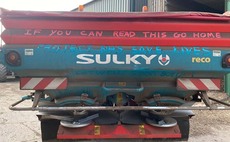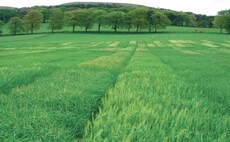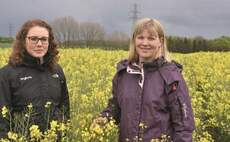Sponsored
Farm Life
Why sky lanterns have not yet been banned is anyone’s guess, but the no doubt commercially inspired plan by Night Sky Lanterns to celebrate the work of the NHS with a mass lantern release is a disgrace.
Farm Life
Farmers and fire services across the UK have urged the public not to release sky lanterns to show their appreciation for the NHS during the coronavirus pandemic.
Livestock
Farm groups across the board have appealed for countryside visitors to walk responsibly over the Easter weekend to avoid endangering rural communities.
Farm Life
An innovative project is developing on-farm sustainability assessments which could revolutionise farming, consumer choices and even international trade. Jez Fredenburgh reports.
Arable
Farmers, local foodmakers and other small businesses will receive early payments from the supermarket to help mitigate the potential impact of coronavirus.
Arable
"There are so many opportunities for those with very different backgrounds to contribute to agriculture"
Farm Life
Charlotte Mitchell, 32, runs a butcher’s shop, Charlotte’s Butchery, in Gosforth, Newcastle-upon-Tyne. Here she tells Emily Ashworth about her journey into the profession, and how it is a sector which needs more passionate
Arable
The opportunities to work in agriculture extend far beyond the farm gate, yet it’s rare that those who advise farmers, conduct scientific trials and manufacture the products that farmers use share the stories about their careers.
Arable
Find out how these bright young Harper Adams alumni have jump-started their careers by taking advantage of work placements and networking opportunities.
Arable
With increasing interest in other break crops alongside OSR – enforced by the season and establishment challenges – pulse crops’ prospect are under the spotlight too.


 17 April 2020
•
2 min read
17 April 2020
•
2 min read









